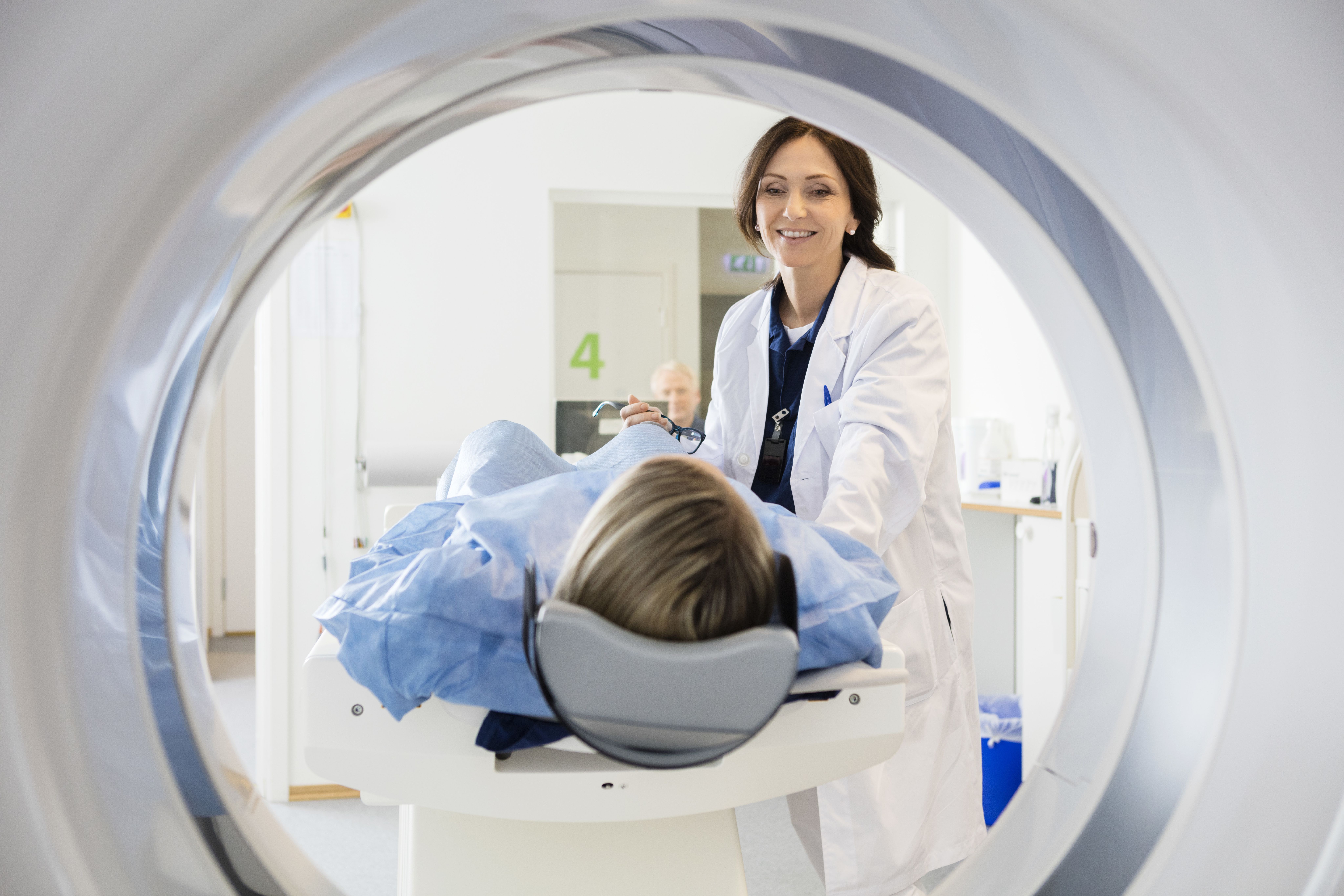Two-decade study of medical imaging in pregnancy
New data suggests that while imaging practice patterns have changed over the past 20 years, exposure in pregnancy may vary by a woman’s age and race.
©Tyler Olson - stock.adobe.com

Use of computed tomography (CT) in pregnancy has increased substantially in the United States over the past 21 years, according to the results of a new retrospective study. The data suggest that imaging practice patterns changed during that period, but exposure in pregnancy may vary by a woman’s age and race.
Published in JAMA Network Open, the findings reflect experiences of more than 2.2 million women during nearly 3.5 million pregnancies. The participants were pregnant enrollees in one of six US integrated health care systems or in Ontario, Canada. All gave birth to a live neonate of at least 24 weeks’ gestation between January 1, 1996 and December 31, 2016. Eighty-five percent of those infants were born full term and 92% of the mothers were aged 20 to 39.
Over the 21-year period, the authors looked at exposures to CT, magnetic resonance imaging (MRI), conventional radiography, angiography and fluoroscopy, and nuclear medicine. They found that CT rates increased by 3.7-fold in the United States and 2.0-fold in Ontario but rates for other imaging modalities with ionizing radiation declined. Overall, 5.3% of pregnant women at the US sites underwent imaging with ionizing radiation, versus 3.6% of the Canadian women.
US data showed that imaging rates were highest in women younger than age 20 or older than age 40, who gave birth preterm, or who were black, Native American, or Hispanic. Asian women, however, had lower rates of CT and MRI. The differences in imaging rates associated with race and ethnicity persisted, the authors said, despite adjustment for potential confounders. The authors also found that use of all imaging modalities was more common in women with preterm births than in those who delivered full term.
Considering advanced imaging only, the researchers found that in the United States, for chest scans, CT was more likely to be used, whereas in Ontario, the procedures were more likely to be done with nuclear imaging. Increases in CT imaging were most apparent for chest procedures. In both the United States and Canada, use of CT and nuclear medicine V/Q scanning was higher in the second and third trimesters, with most of the increase in the third trimester.
The investigators said the reasons for the racial and age disparities in receipt of medical imaging by pregnant women are unclear. They hypothesized that “minority women and younger women, compared with their counterparts, might be seen more often in emergency settings for abdominal pain where imaging is performed for clinical workup.” The situation with increased imaging in women with PTB, they said, is more complex because of the likelihood of complications in these pregnancies.
“Further investigation of variation in imaging use across patient subpopulations,” the authors said, “is needed to ensure that radiation is used only when necessary in pregnancy women. The in utero dose received by the fetus must also be considered given the higher radiosensitivity of fetal tissues, especially during the first trimester.”
S1E4: Dr. Kristina Adams-Waldorf: Pandemics, pathogens and perseverance
July 16th 2020This episode of Pap Talk by Contemporary OB/GYN features an interview with Dr. Kristina Adams-Waldorf, Professor in the Department of Obstetrics and Gynecology and Adjunct Professor in Global Health at the University of Washington (UW) School of Medicine in Seattle.
Listen
Study shows a healthy prenatal diet could be upstream obesity prevention strategy
December 26th 2024"Our findings support the recommendation of a healthy diet based on the current guidelines (as measured by the HEI) during pregnancy, since it may reduce patterns of infant growth outside reference ranges."
Read More
Early pregnancy cannabis use high in states with recreational legalization
November 11th 2024A population-based time-series analysis California before, during and after legalization show a rising trend in women using cannabis while pregnancy especially when the state has legalized the drug.
Read More
